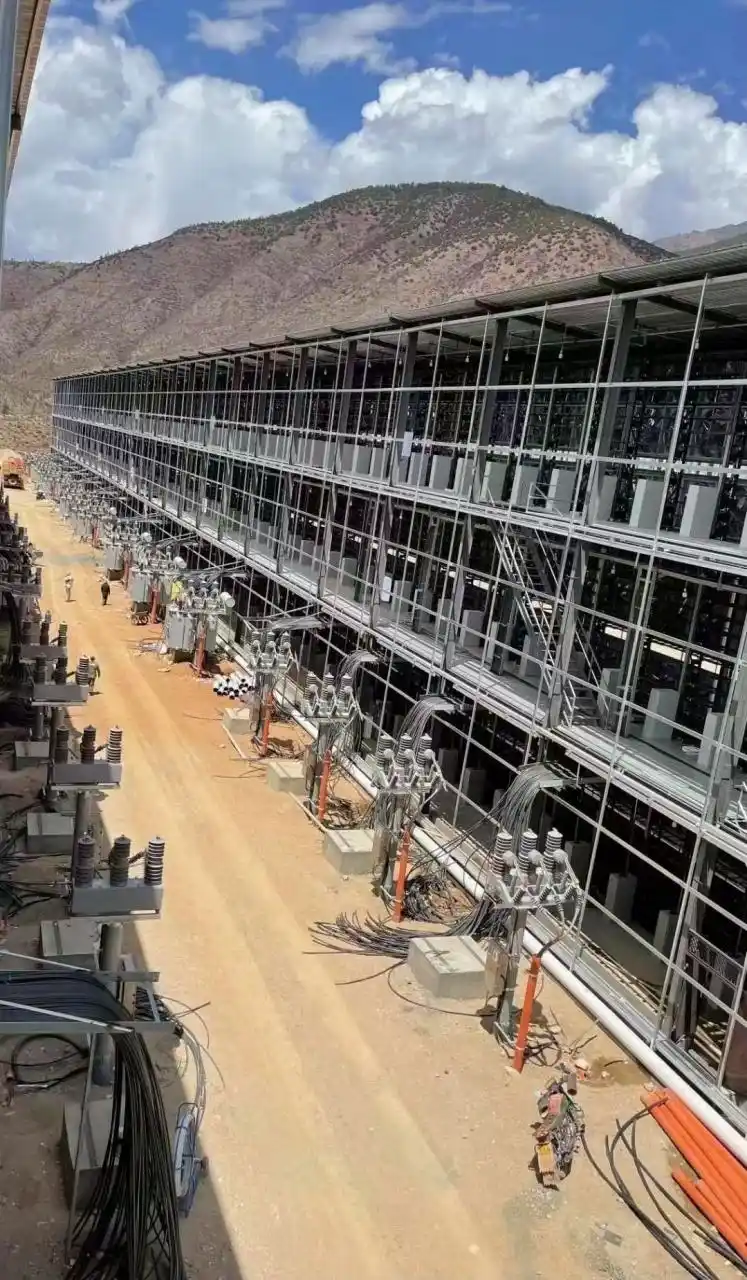The siren song of cryptocurrency mining, particularly with Application-Specific Integrated Circuit (ASIC) miners, continues to beckon investors. But beneath the shimmering promise of digital gold lies a complex landscape of hash rates, power consumption, difficulty adjustments, and market volatility. Understanding ASIC mining profitability, therefore, isn’t just about plugging in a machine and watching the Bitcoin (BTC) rain down; it’s about crafting a strategic plan to maximize your return on investment (ROI) in a dynamic and often unpredictable environment.
The initial allure is understandable. ASICs are purpose-built powerhouses designed to perform the intricate cryptographic calculations required to validate blockchain transactions and earn block rewards. Compared to CPUs and GPUs, they offer significantly higher hash rates – the computational power deployed to solve these cryptographic puzzles – for a given energy input. This efficiency is paramount because electricity costs are a major determinant of mining profitability. The higher your hash rate and the lower your energy consumption, the greater your potential earnings.
However, acquiring an ASIC isn’t a guarantee of riches. The cryptocurrency market, particularly Bitcoin, is notoriously volatile. The price of BTC can swing wildly, impacting the value of the rewards earned. Furthermore, the difficulty of mining, which is adjusted periodically to maintain a consistent block creation rate, can increase dramatically as more miners join the network. This means that even with a powerful ASIC, your earnings can diminish over time if the price of BTC stagnates or falls while the mining difficulty rises.

Enter the realm of mining rig hosting. For many individuals and even smaller businesses, managing the operational complexities of ASIC mining – including electricity procurement, cooling, security, and network connectivity – can be daunting. Hosting services provide a solution by housing and maintaining your mining equipment in specialized facilities, often located in regions with low electricity costs. This allows you to focus on the financial aspects of mining without being burdened by the technical intricacies.
Choosing a reputable hosting provider is crucial. Factors to consider include the provider’s electricity rates, security measures, uptime guarantees, cooling infrastructure, and technical support. A poorly managed facility can lead to equipment downtime, reduced efficiency, and ultimately, lower profitability. It’s essential to conduct thorough research and due diligence before entrusting your valuable mining rigs to a third party. Furthermore, understanding the terms of the hosting agreement, including fees, termination clauses, and liability provisions, is paramount.
Beyond Bitcoin, other cryptocurrencies, such as Ethereum (ETH) (although ETH mining is phasing out with Proof-of-Stake) and even Dogecoin (DOGE) (often mined using different algorithms than Bitcoin, sometimes requiring different types of ASICs or even GPUs), can be mined with specialized equipment. However, the profitability of mining these alternative coins is subject to the same market forces and technical considerations as Bitcoin mining. It’s crucial to analyze the potential returns based on the coin’s price, mining difficulty, and the efficiency of the available mining hardware.
Another key element to consider is the lifespan of your ASIC. Mining technology advances rapidly, with newer and more efficient models constantly entering the market. Over time, older ASICs become less profitable as they are outcompeted by more powerful machines. Therefore, it’s important to factor in the depreciation of your equipment and plan for potential upgrades to maintain profitability in the long run. Selling older equipment can offset some of the costs associated with upgrading to newer models.
Maximizing ASIC mining profitability requires a holistic approach that encompasses careful equipment selection, strategic hosting arrangements (if applicable), diligent monitoring of market conditions, and proactive adaptation to technological advancements. It’s a continuous process of analysis, optimization, and risk management. Ignoring even one of these critical elements can significantly impact your ROI and ultimately determine whether your foray into cryptocurrency mining is a lucrative venture or a costly endeavor.

The cryptocurrency exchange you choose also plays a role. Fees associated with converting mined coins into fiat currency or other cryptocurrencies can eat into your profits. Selecting an exchange with low fees and high liquidity is essential for maximizing your returns. It’s also important to consider the security measures implemented by the exchange to protect your assets from theft or hacking.
In conclusion, while the allure of ASIC mining remains strong, achieving consistent profitability demands a comprehensive understanding of the underlying technology, market dynamics, and operational challenges. By carefully considering all these factors and developing a well-defined strategy, you can increase your chances of maximizing your ROI and navigating the ever-evolving landscape of cryptocurrency mining.
Leave a Reply to Ledger Cancel reply